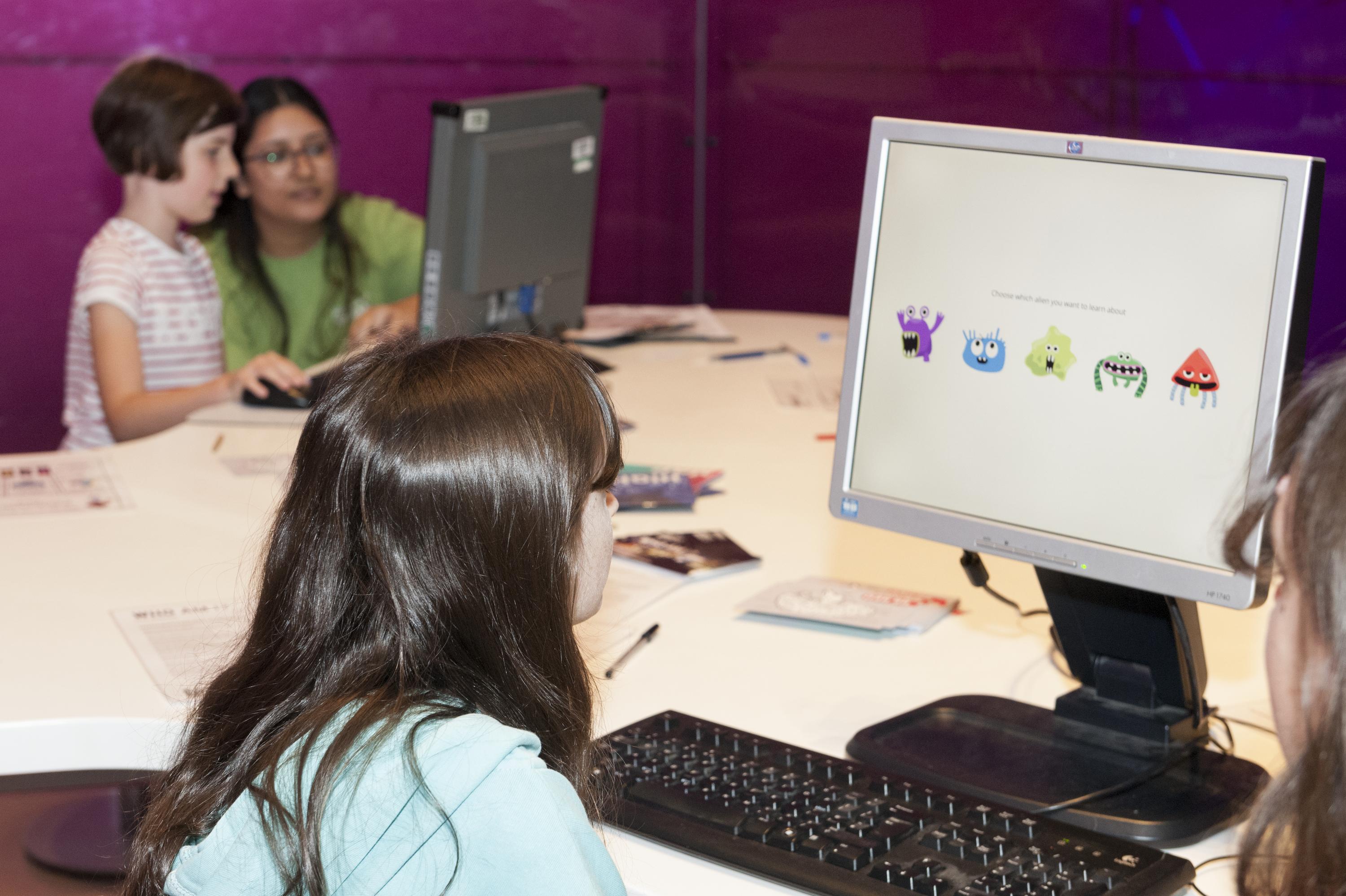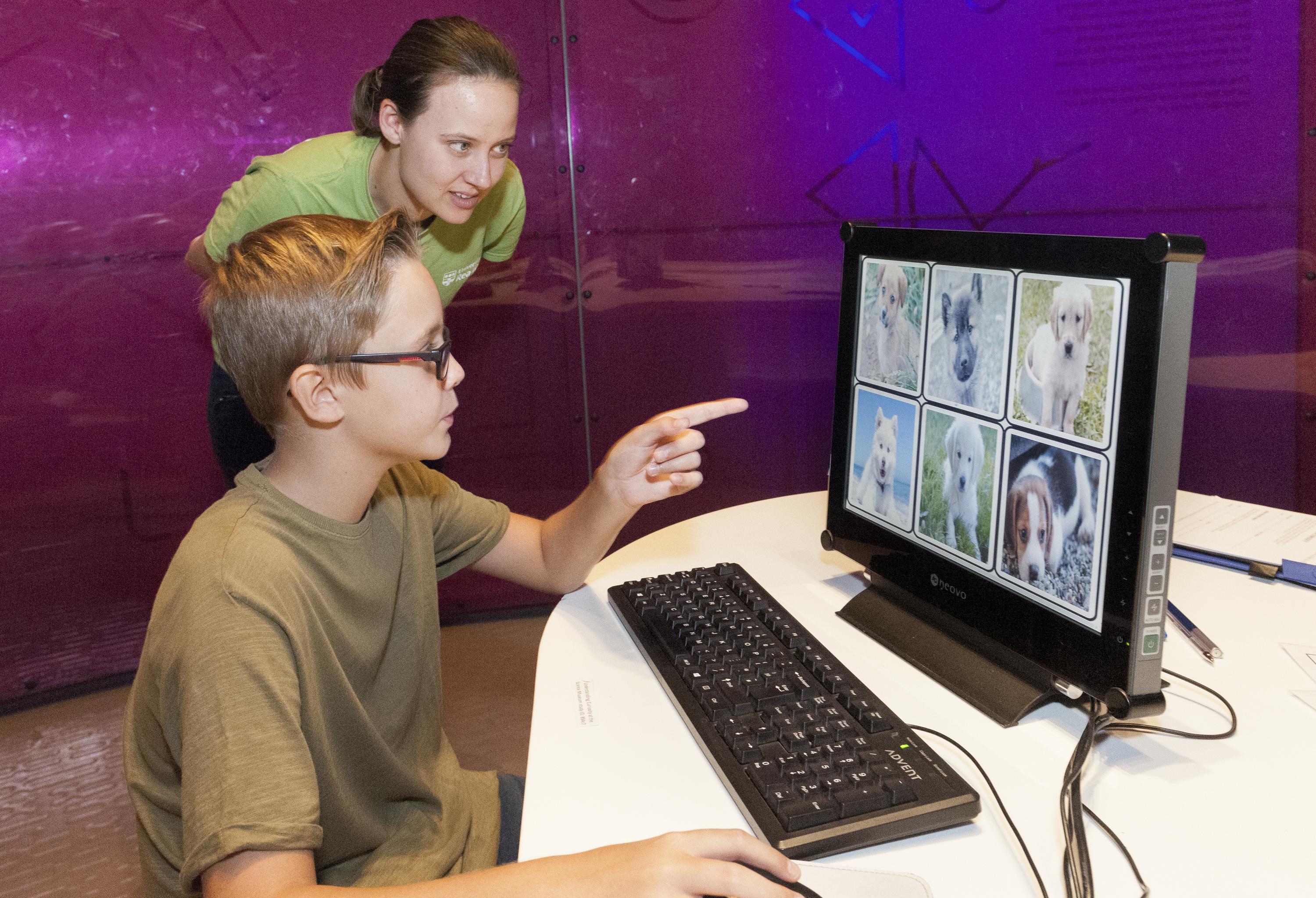Researchers from the University of Reading’s School of Psychology and Clinical Language Sciences are taking part in a Live Science residency at the Science Museum. The research is a collaboration between postdoctoral scholars and PhD students in the Motivation Science Lab at the University of Reading led by Dr Kou Murayama.
We are at the Science Museum for six weeks investigating curiosity. We want to know what makes people curious and why. Museum visitors are invited to take part in the research and learn more about what makes them search for new information.

Curiosity can be thought of as the feeling of wanting to know more. Curiosity is important for many reasons: it helps us to learn about the world, but it can also get us into trouble by leading us to take risks. It also helps memory and both feeling curious and finding out new information can make us feel good. Some studies have even shown that feeling curious can improve mental and physical health. A better understanding of curiosity will help us to establish when it is beneficial and what drives those benefits.
What makes you feel curious? Research has shown that when we realise that there are gaps in our knowledge in some area, we feel curious and are motivated to seek information to fill the gap. This means that often knowing a little about a subject can make us feel curious because it reveals how much more there is to learn. We are going to test this idea further and see if it applies to children as well as adults. We want to know what other factors can make us feel curious, or can stop us from wanting to know more.
Previous research has shown that people have different styles of curiosity, but we do not know how these styles translate into differences in information-seeking behaviour. Another of the aims of this study is to further understand when and why different people seek information about things they do not yet know.

The study involves playing games and answering questions on a computer. Some of the games involve eye-tracking, where a special camera attached to the computer screen can work out where on the screen someone is looking. We use the eye-tracker in the games, so that people will be able to reveal objects just by looking at them. We can use their patterns of looking to understand more about their curiosity.
For more information about this project see here.